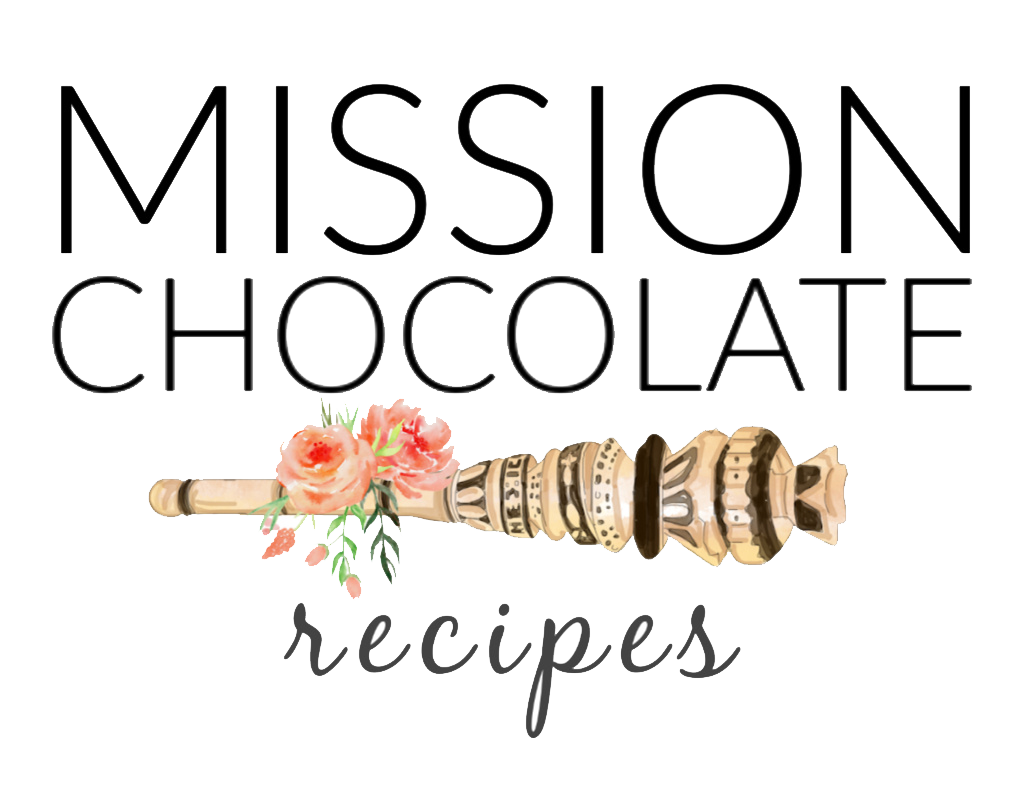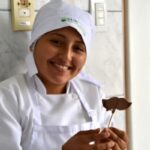Teaching chocolate in Cusco, Peru
Cusco is one of the most beautiful cities in the world and no wonder it was declared a national heritage site. Even flying there is amazing – the plane seems so close to the Andean mountains, it seems like you can almost touch them.
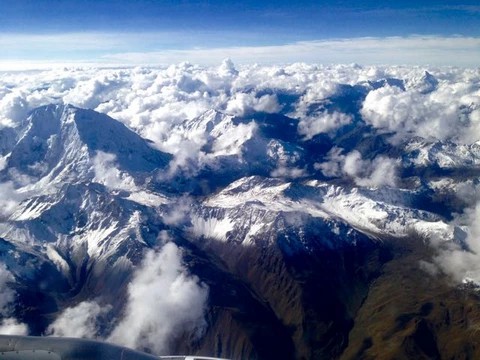
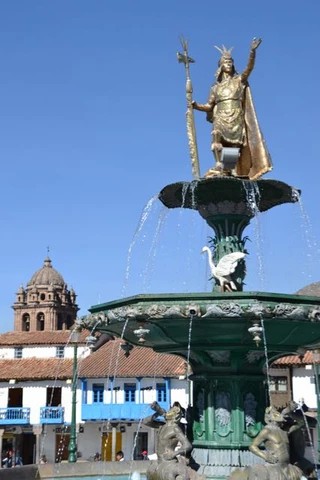
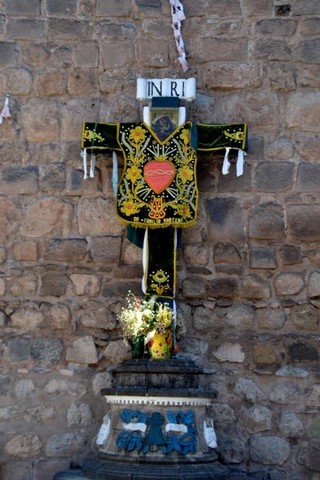
I was in Cusco to teach chocolate at Cuzco Dining cooking school for a week. I thought a week would be a long time but I never made it to Machu Pichu which means I will have to take another trip in the future. Since I was at a cooking school, I took advantage and took a few classes myself. I highly recommend this school, you learn a lot and you get to eat a lot while you are making the food. The owner has a few restaurants in Cusco and knows what he is doing. You start off by learning about the staple foods of Cusco then proceed to cook and finally to eat.
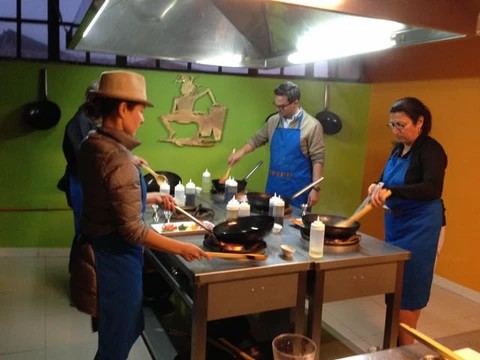
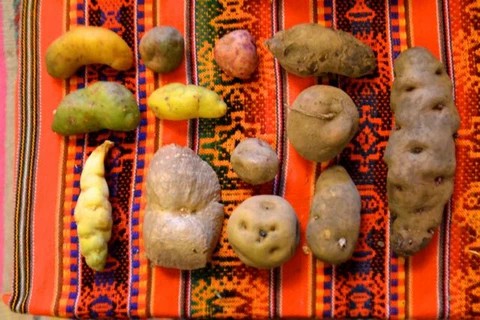
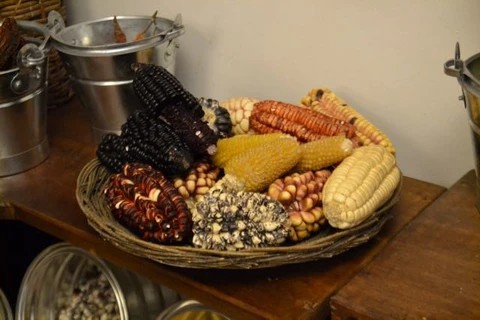
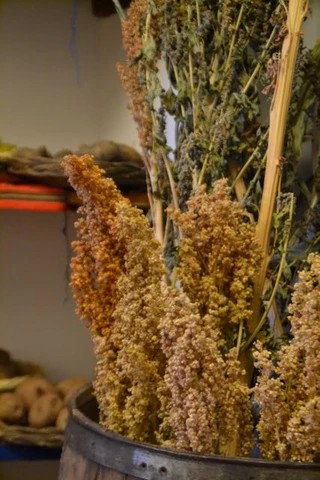
And here are a few snacks of potatoes and alpaca given to us while we cooked.
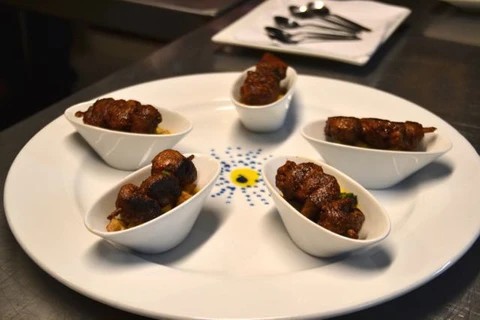
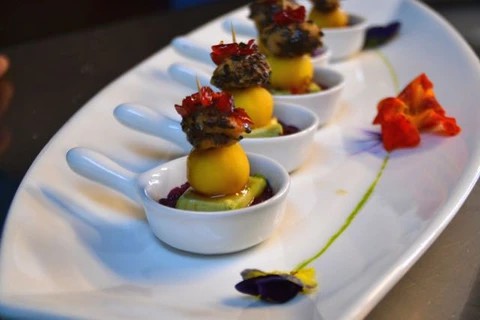
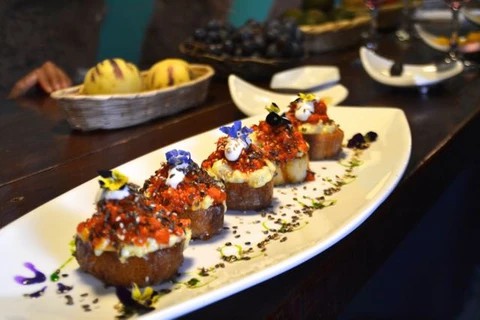
I thought the food in Cusco would be the same as Lima, which makes no sense now that I think about it. Lima is by the ocean and Cusco is tucked in the center of the Andean mountains. The Cusco diet is alpaca, cuy (guinea pig), potatoes, and lot of grains, mostly quinoa. Cusco does not have tropical weather, a sea, a lake, fish, nor jungles.


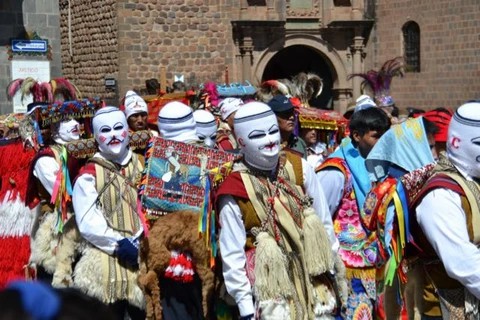
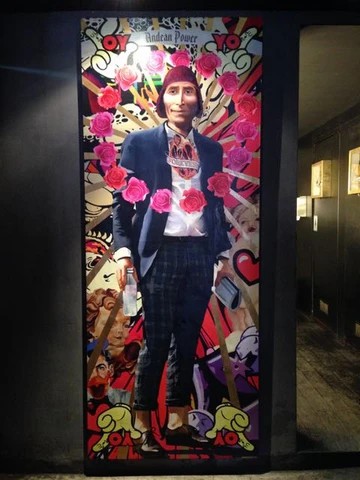
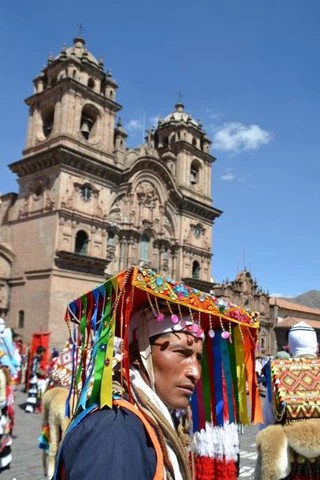
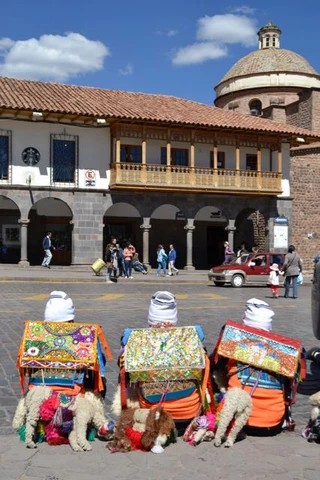
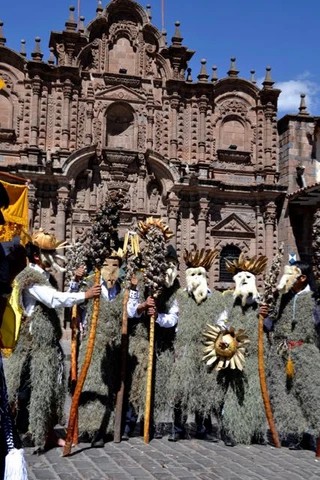
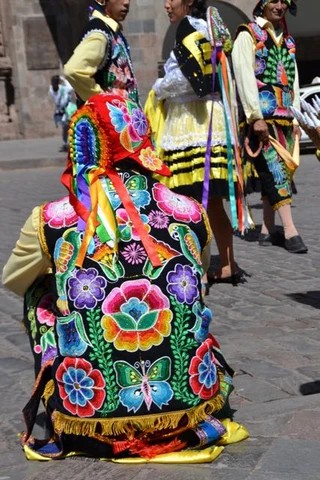
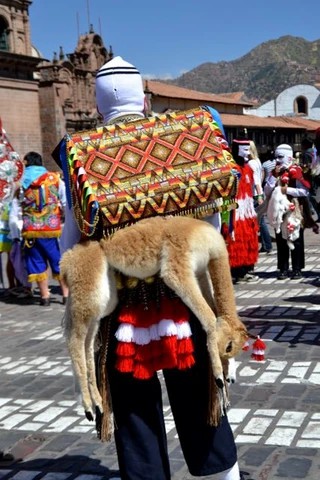
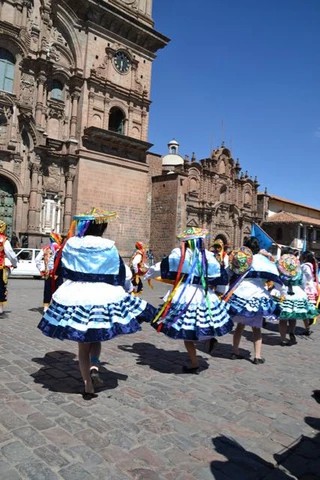
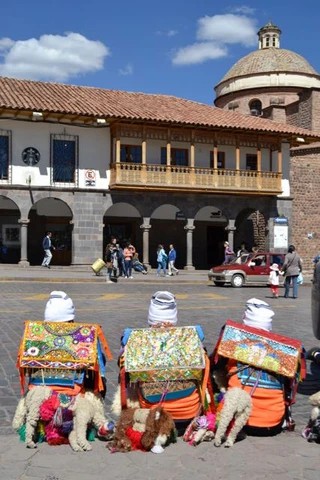
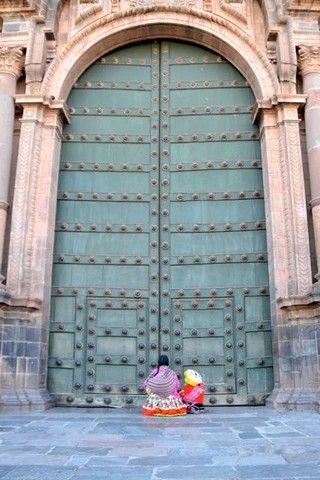
And finally it was time for me to start working! I taught 2 classes, one for the staff of some of the restaurants nearby and another to a school of young kids. Even though Peru is world famous for producing great cacao, it is only recent that they have started making chocolate. Most of that happens on the other side of Peru, like Lima. Cusco is too far from any cacao growing region in Peru to have fresh cacao. Most chocolate in Cusco is either a very bad version of European chocolate, refined bars that have vegetable fat instead of cocoa butter and fake vanilla. Or they have these blocks below which can be 100% ground cacao. Obviously the better quality are the blocks below; great for a drinking chocolate. But not ground enough to be able to make truffles, bon bons, etc. It goes by the name, ‘pasta pura de cacao’. Pure cacao paste. It is interesting that the molds are all exactly the same.
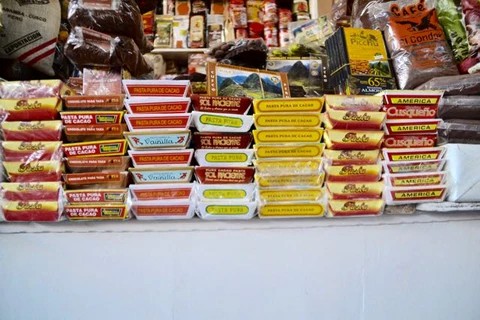
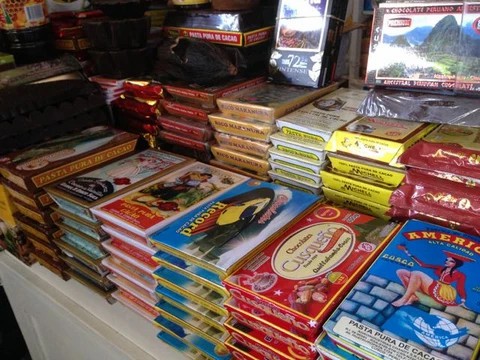
The kids did’t care about my interesting, historical chocolate facts. They are kids. I taught them how to make some very simple candy using some of their local flavors and fruits. I made passion fruit bon bons (Peru has about 200 varieties of passion fruits), dipped uchuvas and bananas in chocolate, and puffed some quinoa and sprinkled that on the chocolate dipped star fruits.
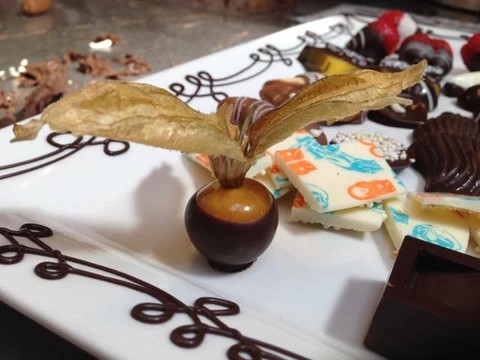
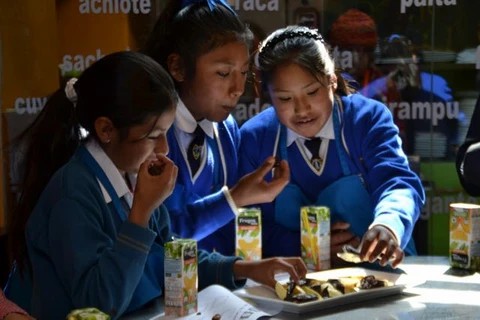
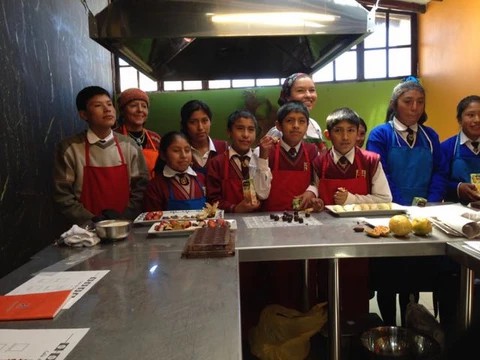
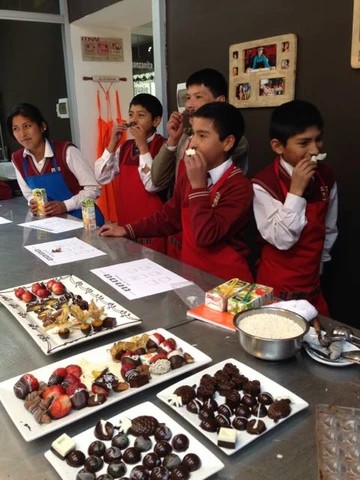
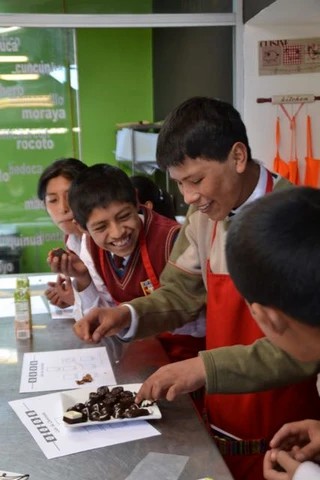
On my trip to Peru I also had a chocolate tasting in Lima and taught at the Pachacútec Cooking School.
